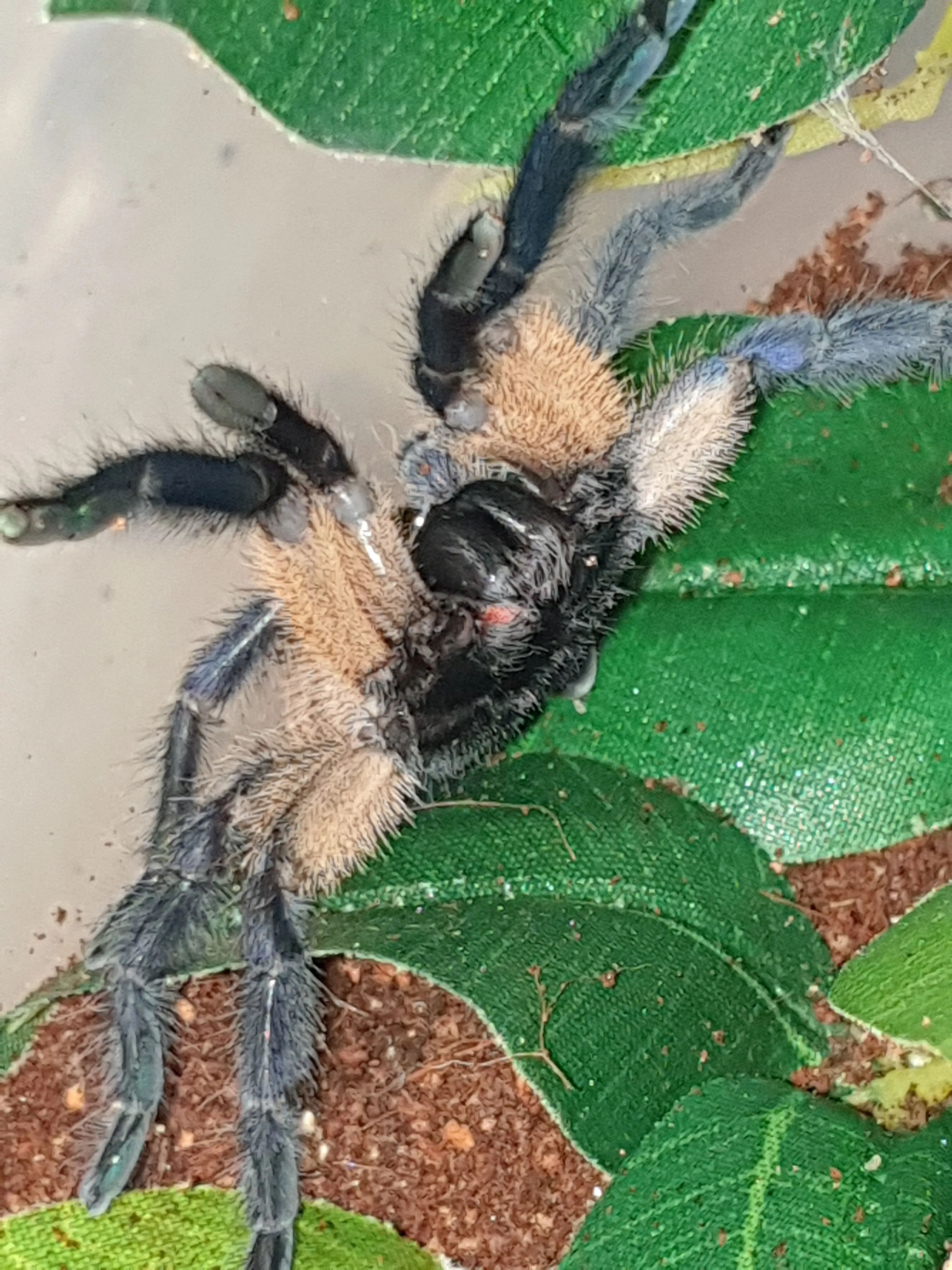Tarantula Balfouri Care Guide
The Tarantula Balfouri, also known as the Socotra Island Blue Baboon, is a captivating species that has become a popular choice for tarantula enthusiasts. These spiders are known for their communal nature when young, striking coloration, and relatively docile temperament, making them a rewarding pet for those who understand their specific needs. This guide provides essential tips for successfully caring for your Tarantula Balfouri, ensuring its health, happiness, and longevity. From housing and feeding to handling and maintenance, we’ll cover everything you need to know to create an ideal environment for your eight-legged friend. Proper care not only promotes the well-being of your tarantula but also enhances your enjoyment of this fascinating creature.
Choosing the Right Tarantula Balfouri
When selecting a Tarantula Balfouri, it’s crucial to choose a healthy specimen. Look for a tarantula with a plump abdomen, indicating it’s well-fed and hydrated. Avoid spiders that appear thin, lethargic, or have any visible injuries or missing limbs. Observe the spider’s behavior; it should be alert and responsive to its surroundings, not listless or unresponsive. If purchasing from a breeder, inquire about the tarantula’s origin, age, and feeding history. A reputable breeder can provide valuable insights into the spider’s care requirements and health. Considering the spider’s size is also important; choose an appropriate size for your experience level and the size of the enclosure you plan to provide. This will ensure both the tarantula’s and your safety.
Understanding Tarantula Balfouri Behavior
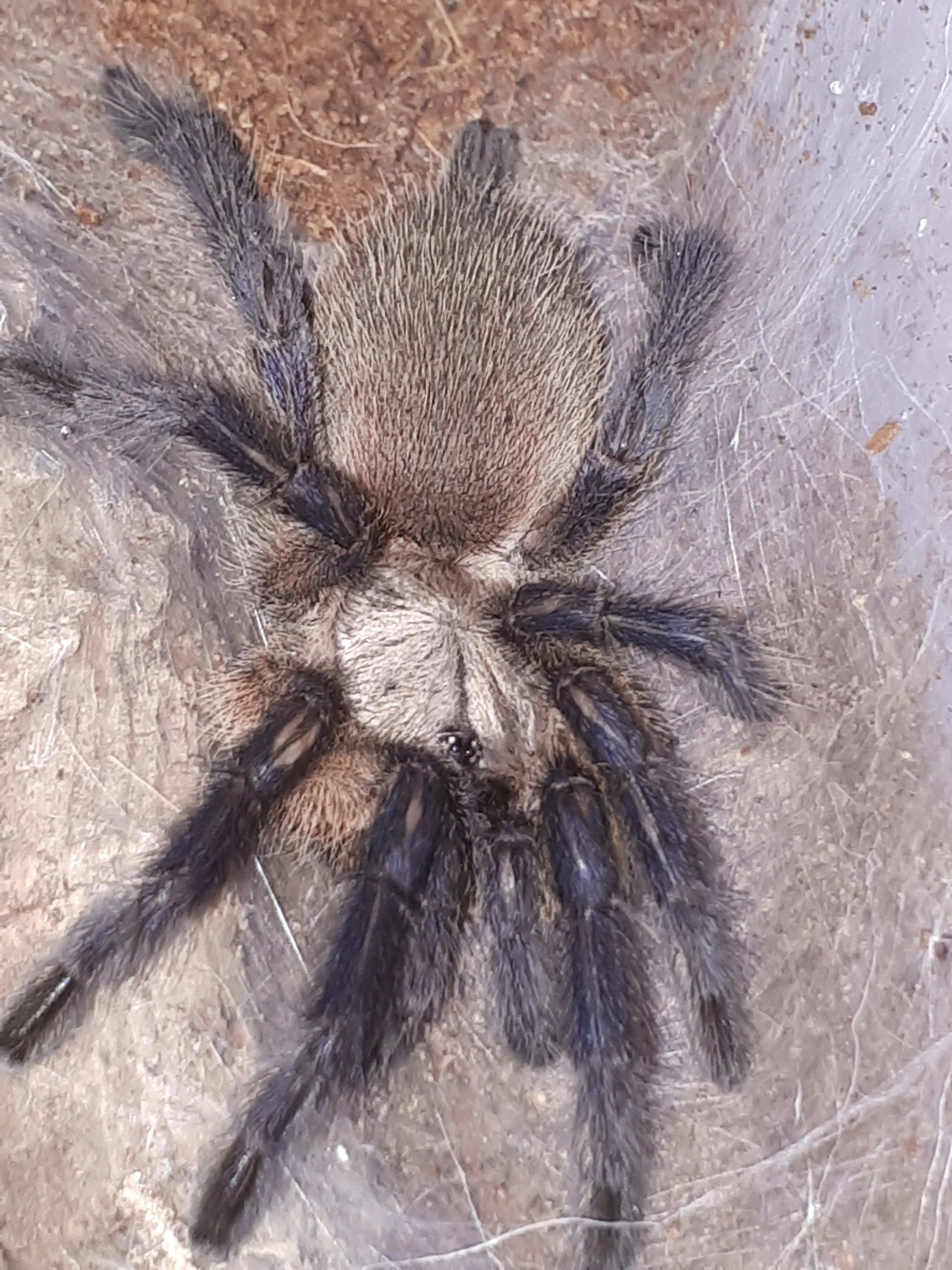
Understanding the behavior of your Tarantula Balfouri is key to providing proper care and avoiding potential problems. These tarantulas are known for their communal tendencies when young, often living together peacefully in a shared burrow. However, as they mature, some individuals may become less tolerant of others. Observe your tarantula’s behavior closely, noting its feeding habits, activity levels, and reactions to stimuli. A healthy Tarantula Balfouri will typically be active, exploring its enclosure and displaying a healthy appetite. Signs of stress or illness can include lethargy, loss of appetite, excessive hiding, or unusual posture. Recognizing these behaviors early can help you address any potential issues promptly.
Tip 1 Provide Adequate Housing
Proper housing is the cornerstone of Tarantula Balfouri care. The enclosure should be appropriately sized, secure, and provide a comfortable environment for the spider. The size of the enclosure depends on the tarantula’s size; a juvenile will require a smaller space than an adult. A good rule of thumb is to provide an enclosure that is at least three times the spider’s leg span in width and length. The height of the enclosure is also important, as Tarantula Balfouri are terrestrial and do not climb extensively. Ensure the enclosure has a secure lid to prevent escape, and the lid should have adequate ventilation to allow for airflow.
Enclosure Size and Setup
The enclosure setup should mimic the tarantula’s natural habitat. This includes providing a suitable substrate, hiding places, and a water source. A secure lid is essential to prevent escape. The enclosure should be placed in a location away from direct sunlight and drafts. Avoid placing the enclosure near heat sources, such as radiators or vents. Provide a thermal gradient within the enclosure, with a warmer area on one side and a cooler area on the other, allowing the tarantula to regulate its body temperature. This can be achieved by using a heat mat or ceramic heat emitter. Always monitor the temperature using a thermometer.
Substrate and Decor
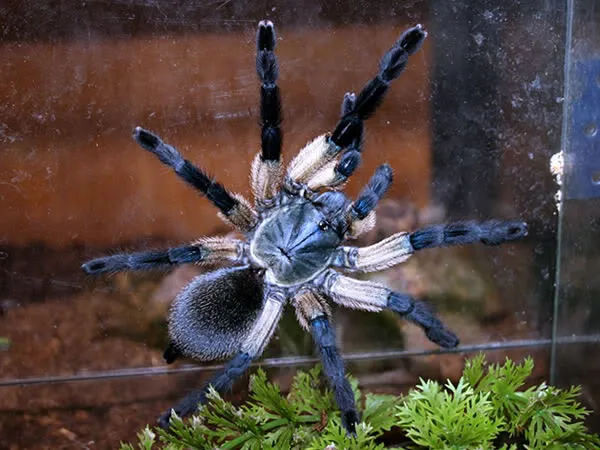
The substrate should be absorbent, non-toxic, and able to retain moisture. Suitable options include a mixture of peat moss, vermiculite, and coco fiber. Avoid using substrates with sharp edges or chemicals that could harm your tarantula. The depth of the substrate should be sufficient for the tarantula to burrow, typically 2-4 inches. Decorate the enclosure with hiding places, such as cork bark, artificial plants, or hollow logs. These provide security and enrichment for the tarantula. Ensure the decor is secure and won’t fall on the spider. Avoid placing any items that could trap the tarantula.
Tip 2 Maintain Optimal Temperature and Humidity
Maintaining the correct temperature and humidity levels is critical for the health and well-being of your Tarantula Balfouri. These factors affect the spider’s metabolism, molting process, and overall activity. Monitoring and adjusting these environmental parameters will help ensure your tarantula thrives in its enclosure. Use a thermometer and hygrometer to regularly monitor temperature and humidity levels. Make adjustments to the heating and ventilation systems as needed to maintain the recommended ranges.
Temperature Requirements
The ideal temperature range for a Tarantula Balfouri is typically between 75-85°F (24-29°C). A slight temperature gradient within the enclosure is beneficial, allowing the tarantula to regulate its body temperature. Avoid exposing the tarantula to extreme temperatures, as this can be detrimental to its health. Use a heat mat or ceramic heat emitter to provide supplemental heat. Always place the heat source outside the enclosure and monitor the temperature using a thermometer placed at substrate level. Ensure the heat source is thermostatically controlled to prevent overheating.
Humidity Levels
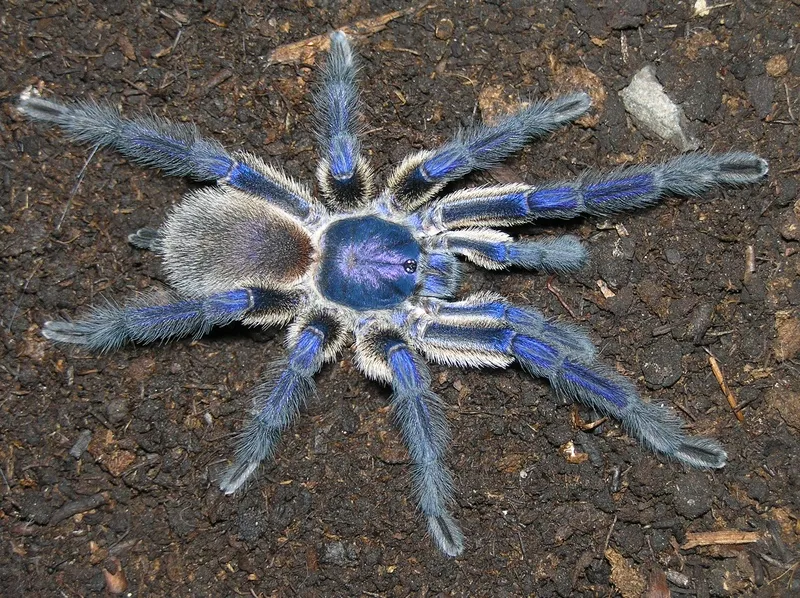
Tarantula Balfouri prefer a moderate humidity level, typically around 60-70%. Humidity is essential for successful molting, as it helps the spider shed its exoskeleton. Maintain humidity by lightly misting the enclosure with dechlorinated water every few days. Avoid over-misting, as this can lead to mold growth. Provide a shallow water dish with fresh, clean water at all times. The substrate should be kept slightly moist, but not waterlogged. Use a hygrometer to monitor the humidity levels and make adjustments to the ventilation and misting schedule as needed. Adequate ventilation is crucial to prevent mold growth.
Tip 3 Feeding Your Tarantula Balfouri
Proper feeding is essential for your Tarantula Balfouri’s health and growth. The tarantula’s diet should consist primarily of insects, such as crickets, mealworms, and roaches. The size of the prey should be appropriate for the size of the spider. Overfeeding can lead to obesity and health problems, while underfeeding can stunt growth. Regular feeding and observation of feeding behavior are key to ensuring your tarantula is getting the nourishment it needs to thrive. Fresh water should always be available.
Appropriate Prey
The best prey items for a Tarantula Balfouri are live insects that are readily available and easy to manage. Crickets are a common and nutritious option, but ensure they are gut-loaded before feeding them to your tarantula. Mealworms can also be offered, but they are less nutritious and should be given in moderation. Dubia roaches are a highly nutritious alternative, but be mindful of escapees. Avoid feeding wild-caught insects, as they may carry parasites or pesticides. The size of the prey should be approximately the same size of the tarantula’s body or slightly smaller, not including the legs. Always remove any uneaten prey after 24 hours to prevent stress and potential injury to the tarantula.
Feeding Frequency
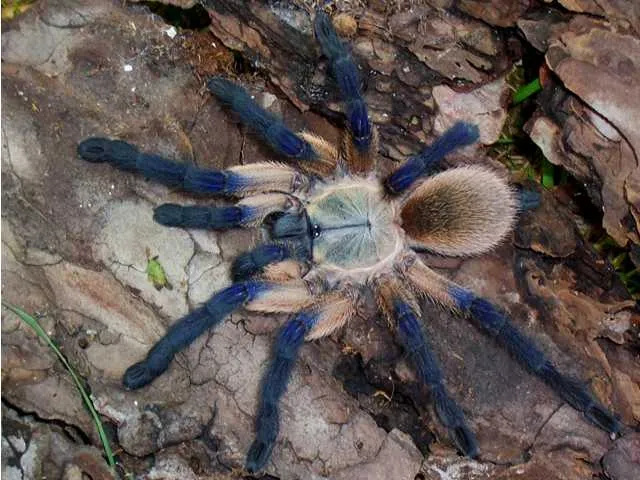
The feeding frequency depends on the tarantula’s age and size. Spiderlings can be fed 2-3 times per week, while juveniles can be fed once or twice a week. Adult tarantulas typically need to be fed once every 1-2 weeks. Adjust the feeding schedule based on the spider’s appetite and body condition. If the tarantula refuses food, it may be preparing to molt or be stressed. Observe the tarantula’s abdomen; it should be plump but not overly distended. Offer food in the evening when the tarantula is most active. Provide fresh water at all times.
Tip 4 Proper Handling and Safety
Handling a Tarantula Balfouri should be done with caution and only when necessary. While they are generally considered docile, tarantulas can bite if they feel threatened or startled. The bite of a Tarantula Balfouri is not considered medically significant to humans, but it can be painful. Always handle your tarantula over a soft surface, such as a bed or a low table, in case it falls. Wash your hands thoroughly before and after handling your tarantula.
Safe Handling Techniques
If handling is necessary, use a gentle approach. Encourage the tarantula to walk onto your hand rather than grabbing or forcing it. Keep your movements slow and deliberate. Avoid sudden movements or loud noises that could startle the spider. Always handle the tarantula close to the ground to minimize the risk of injury. If the tarantula appears agitated, gently place it back in its enclosure. Never handle a tarantula if you are unsure or uncomfortable. Use a soft brush to gently guide the tarantula if needed.
Recognizing Stress Signals
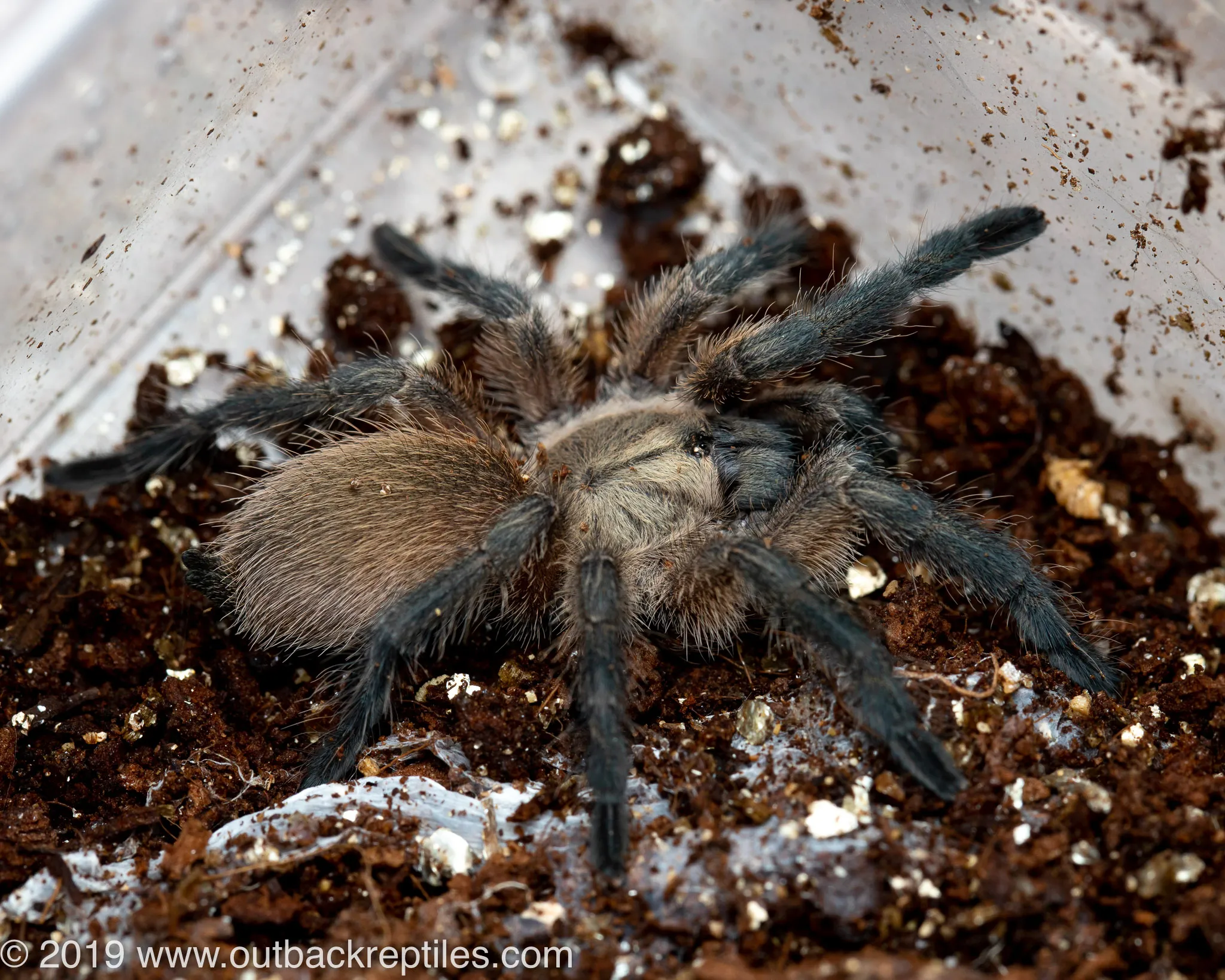
It’s essential to recognize the signs of stress in your Tarantula Balfouri. A stressed tarantula may exhibit defensive behaviors, such as raising its front legs, flicking hairs (urticating hairs), or attempting to flee. These are indications that the tarantula feels threatened. Avoid handling a tarantula that displays these behaviors. Other signs of stress can include a loss of appetite, excessive hiding, or a change in posture. If you notice any of these signs, re-evaluate the enclosure setup and handling practices. Make necessary adjustments to create a less stressful environment for your tarantula.
Tip 5 Regular Tank Maintenance
Regular tank maintenance is crucial for maintaining a healthy environment for your Tarantula Balfouri. This involves cleaning the enclosure, providing fresh water, and removing any uneaten food or waste. A clean enclosure helps prevent the buildup of bacteria and mold, which can be harmful to your tarantula. Establishing a consistent cleaning schedule is key to proper maintenance and the well-being of your pet. Avoid using harsh chemicals when cleaning the enclosure, as these can be toxic to the tarantula. Proper maintenance enhances the overall health and appearance of your tarantula’s environment.
Cleaning Schedule
Spot-clean the enclosure weekly by removing any uneaten food, feces, and molted exoskeletons. A full substrate change is typically required every 6-12 months, depending on the size of the enclosure and the amount of waste produced. When changing the substrate, remove the tarantula to a temporary holding container. Thoroughly clean the enclosure with warm water and mild soap, rinsing well to remove all residue. Replace the substrate with fresh, clean material and allow it to dry completely before returning the tarantula to its enclosure. Regularly check and clean the water dish, replacing the water with fresh, clean water every few days.
Watering Your Tarantula
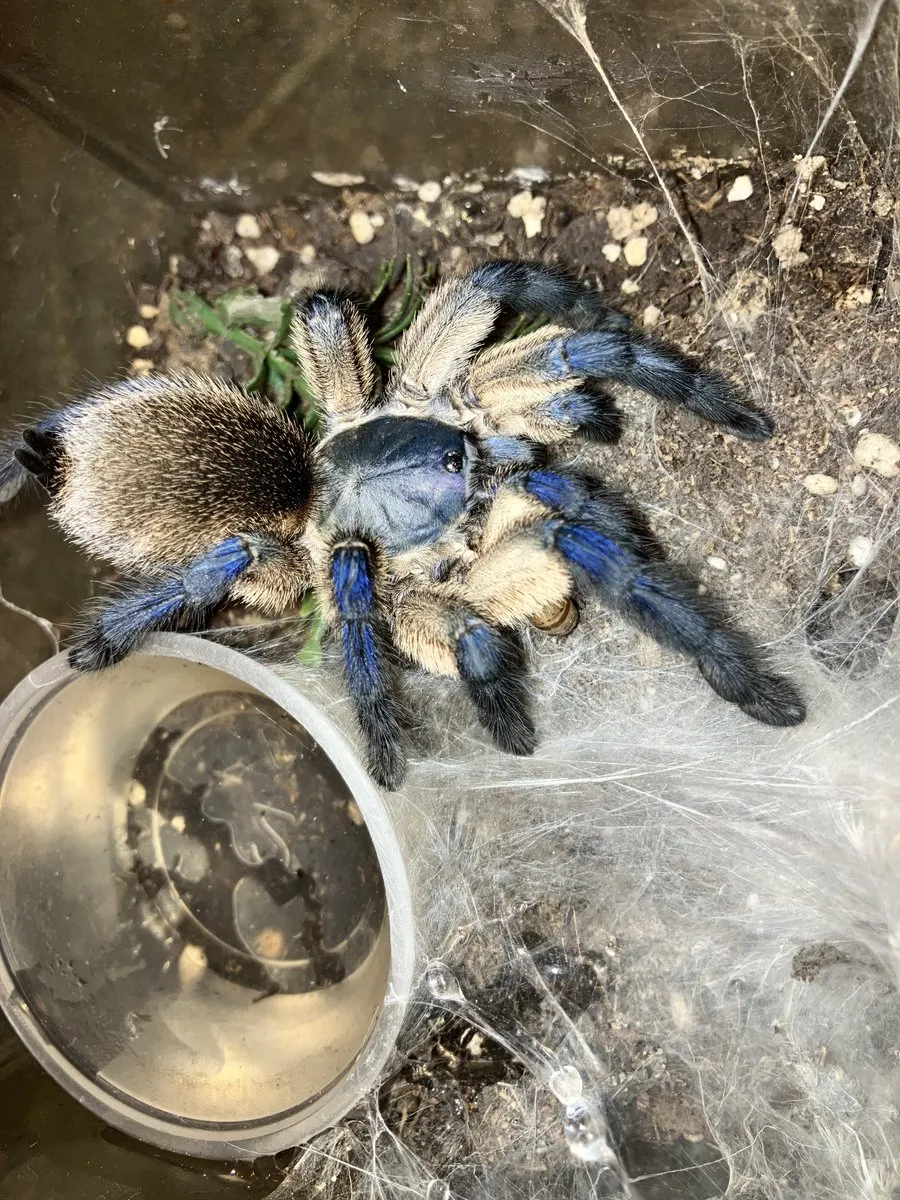
Providing fresh water is essential for your Tarantula Balfouri’s hydration. Use a shallow water dish that is easily accessible. Change the water every few days to prevent bacteria growth. In addition to the water dish, you can also mist the enclosure lightly with dechlorinated water to maintain humidity, especially during molting. The frequency of misting depends on the humidity level and the substrate type. Ensure the substrate does not become waterlogged, as this can lead to mold growth. Monitor the water level in the dish and replenish as needed. A consistent water supply ensures the tarantula stays healthy and well-hydrated.
Caring for a Tarantula Balfouri can be a rewarding experience. By following these top 5 tips, you can create a thriving habitat for your tarantula, providing it with the best possible care. Remember to always prioritize the spider’s well-being by providing adequate housing, maintaining the correct temperature and humidity, feeding it a proper diet, handling it with care, and maintaining a clean environment. With dedication and attention to detail, you’ll be able to enjoy the fascinating world of Tarantula Balfouri ownership for many years to come.
